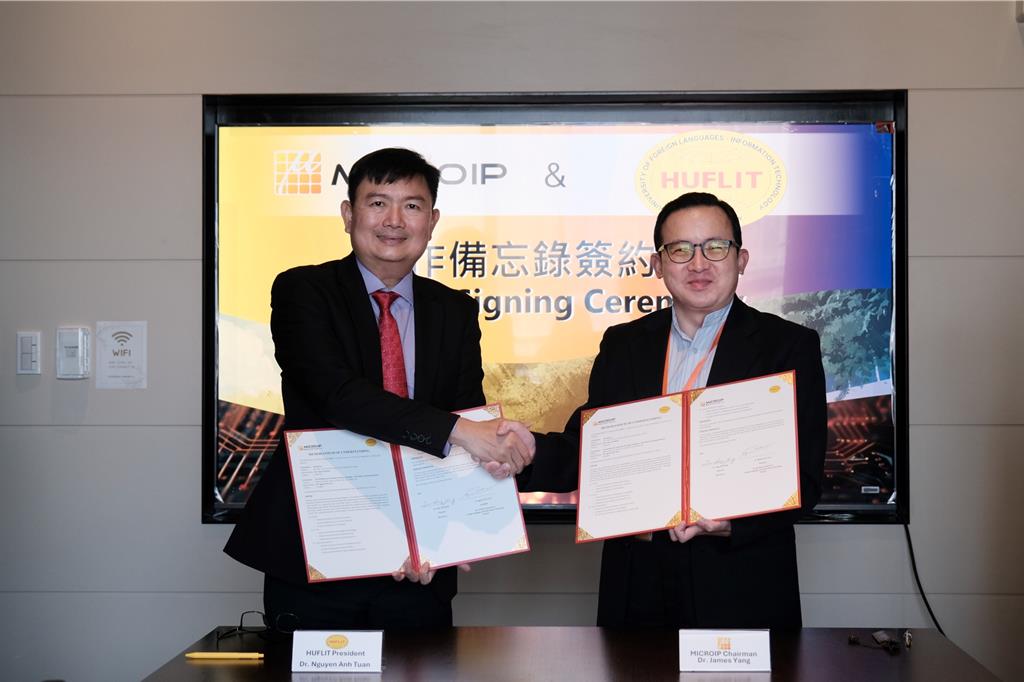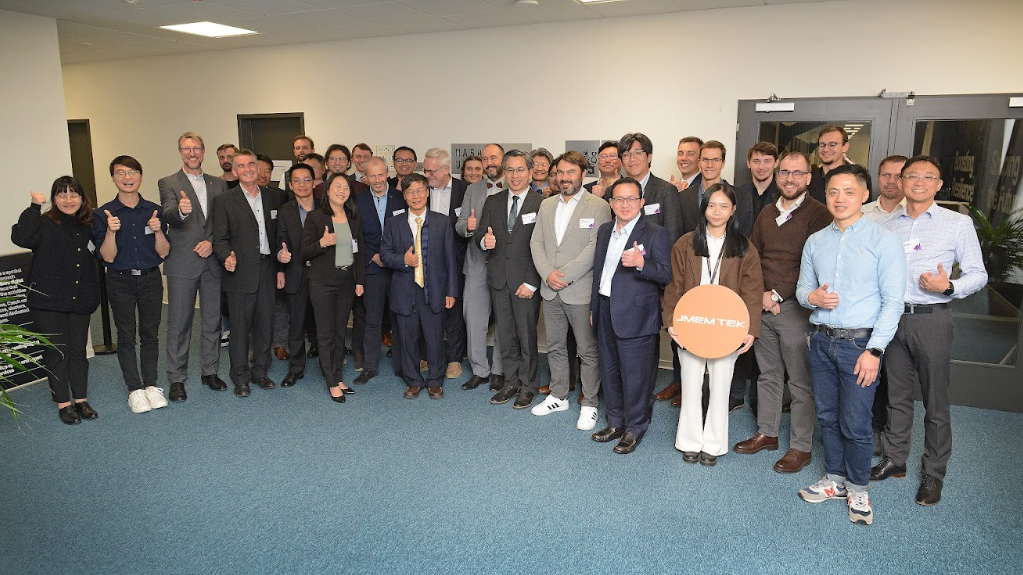Special thanks to Commercial Times for the exclusive interview. MICROIP Reports 219% Revenue Growth, Driven by AI Platform & ASIC Integration
MICROIP has entered a period of high growth, recording a 219% year-over-year increase in consolidated revenue for the first two months of 2025. This surge is fueled by our dual-engine strategy: delivering custom ASIC design services and deploying our AI software design platform across diverse edge computing environments.
Chairman Dr. James Yang emphasizes the rise of small AI models and agent-based AI, signaling a move away from GPU dependency. MICROIP's platform offers distributed AI computing, cross-hardware compatibility, and flexible foundry choices—perfectly positioned for AI's next wave.
Explore how we are building efficient, scalable, and competitive solutions for the AI era.

The following is an excerpt from Commercial Times :“MICROIP Targets Edge Computing with Software-Hardware Integration”-:
MICROIP Targets Edge Computing with Software-Hardware Integration
In addition to customized ASIC chip services, MICROIP's competitive AI software design platform drives significant revenue growth.
MICROIP, specializing in ASIC design services and an AI software design platform, has entered a period of rapid revenue expansion due to its robust software-hardware integration capabilities, achieving a consolidated revenue increase of 219% year-over-year in the first two months of this year. With the proliferation of AI technology and rising market demand for high-performance yet cost-effective solutions, MICROIP’s AI software design platform has demonstrated impressive market competitiveness. Chairman Dr. James Yang noted that with the emergence of small models such as DeepSeek and Manus, as well as agent-based AI models, software-hardware integration at the edge will become increasingly competitive compared to GPU-centric solutions.
Dr. Yang explained that MICROIP has introduced an AI software design platform capable of cross-platform integration, providing distributed AI processing capabilities. For instance, it enables customers to implement specific AI functionalities purely via software on platforms such as MediaTek’s Genio 700 IoT platform. This platform now supports additional hardware platforms, including Kneron and Xilinx, catering to a diverse range of market needs.
Further analysis reveals that the AI software design platform can integrate most commercially available AI hardware and achieve distributed computing by allocating different tasks to the most suitable hardware units. Dr. Yang vividly compared the platform’s collaborative operation to university project teams: “Simpler, routine tasks are handled by undergraduate students, while complex tasks are managed by professors.” For example, video decoding tasks could be assigned to dedicated hardware modules, while complex floating-point calculations are allocated to high-performance computing platforms, effectively preventing unnecessary consumption of system resources.
Dr. Yang also pointed out that with the rise of small models and agent-based AI, end-device manufacturers are shifting toward more efficient software-based computing models to reduce their dependency on GPUs. Cloud service providers (CSPs) similarly prefer their own ASIC-based infrastructure to lower costs. MICROIP’s ASIC services align perfectly with this trend by providing customers with differentiated solutions through IP integration and power optimization.
Additionally, MICROIP offers customers flexibility in selecting foundries for wafer manufacturing. Dr. Yang observed that as geopolitical divisions between the U.S. and China become clearer, U.S. customers have stopped sourcing from Chinese wafer fabs, while China encourages domestic IC companies to utilize local manufacturing facilities.
MICROIP’s consolidated revenue for February reached NT$13.6 million, representing a year-over-year increase of 209%, with cumulative consolidated revenue for the first two months totaling NT$28.11 million. This strong growth is primarily driven by increased market acceptance of its two main business lines. Besides its original ASIC customized chip services, MICROIP’s AI software design platform has emerged as a highly competitive market player.
links to key news stories :






